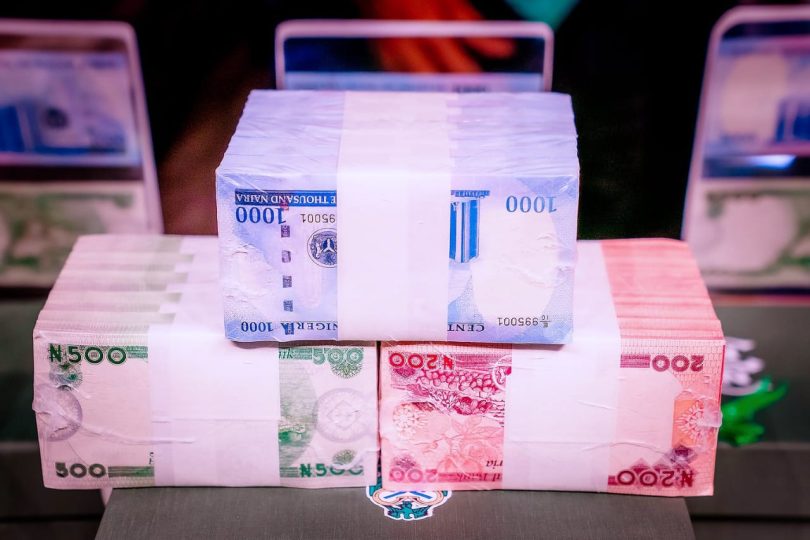The naira on Wednesday climbed to a 15-month high of N1,490 per dollar in the black market, also known as the parallel market, driven by low demand and improved liquidity across foreign exchange (FX) markets.
The last time the naira exchanged at this same level was in June 2024, when it stood at N1,490 per dollar. Compared to the previous trading session, the local currency gained N25 or 1.67%, appreciating from N1,515 per dollar on Tuesday.
With the current FX level, the gap between the official and black-market exchange rates has narrowed to N1.44.
In the official market, however, the naira depreciated slightly by 0.08% on Wednesday. At the end of trading, the dollar was quoted at N1,488.56, representing a marginal loss of N1.20 compared to N1,487.36 quoted on Tuesday at the Nigerian Foreign Exchange Market (NFEM), according to data published by the Central Bank of Nigeria (CBN).
At the conclusion of its 302nd meeting on September 22–23, 2025, the CBN’s Monetary Policy Committee (MPC) reduced the Monetary Policy Rate (MPR) by 50 basis points to 27.00% from 27.50%. This marked the first rate cut in more than two years, following a prolonged period of monetary tightening that had been focused on curbing inflation and stabilising the currency.
Read also: CBN’s rate cut marks new economic balancing act
Analysts at Comercio Partners observed that the immediate impact of the rate cut is likely to be contained, with limited volatility expected in the near term. They noted that the naira has traded within a relatively narrow band of N1,500–N1,600 per dollar in recent months, supported by consistent CBN interventions, improved external reserves, and closer monitoring of FX flows. These measures, they explained, have helped restore some confidence in the market and anchor short-term stability despite ongoing structural challenges.
Nevertheless, the durability of this stability will depend heavily on the CBN’s capacity to sustain interventions and attract FX inflows from key sources such as oil exports, diaspora remittances, and foreign portfolio investments.
The analysts cautioned that volatility risks remain elevated in the medium term. Should monetary easing outpace FX inflows or if external reserves come under renewed pressure, the naira could face depreciation pressures, particularly in the parallel market, where demand tends to be strong. In such a situation, the CBN may be compelled to strike a balance between its growth-supportive monetary stance and the need to preserve exchange rate stability, possibly through calibrated interventions, liquidity management tools, or enhanced coordination with fiscal policy.
“Overall, the policy shift reinforces short-term stability in the FX market but underscores the importance of sustaining external buffers and credible reforms to mitigate volatility risks in the months ahead,” analysts at Comercio Partners stated.

